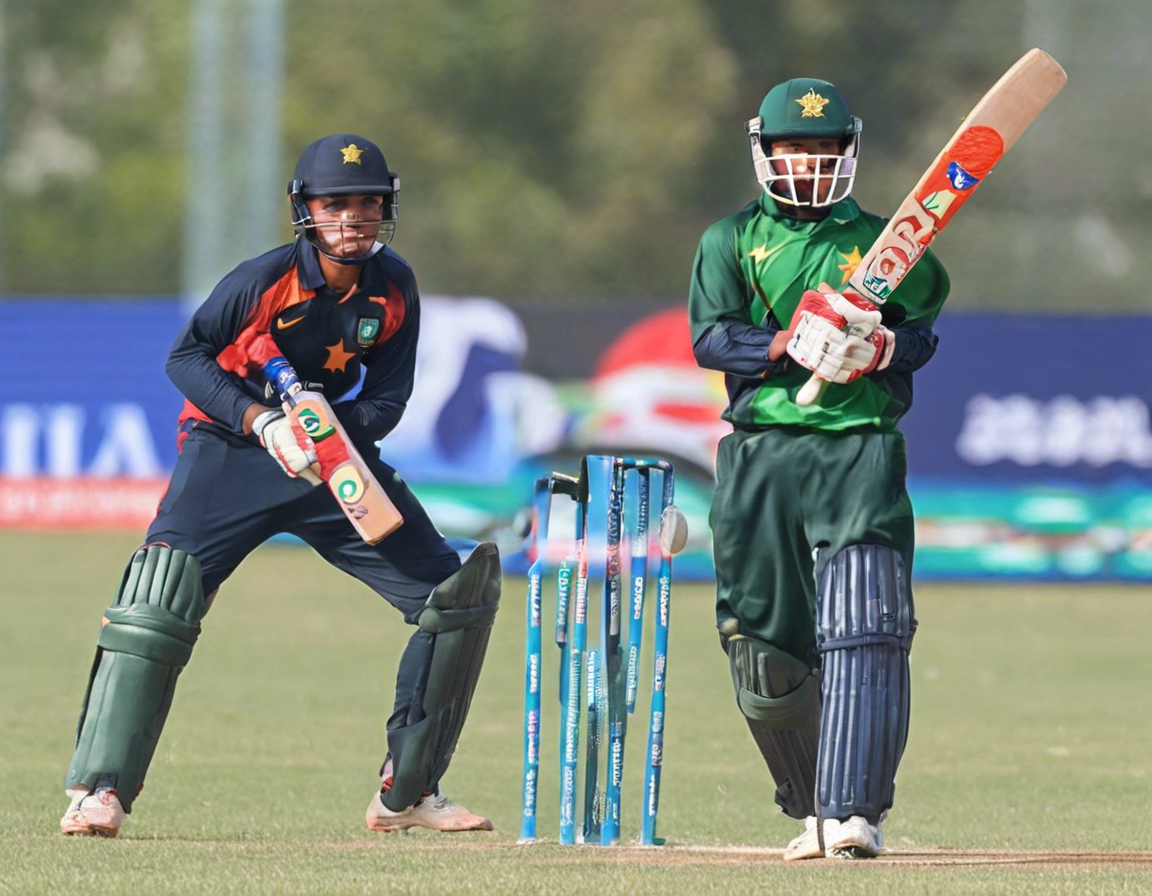Welcome to the ultimate guide to the U19 Asia Cup cricket tournament, where the future stars of cricket battle it out on the international stage. This prestigious tournament brings together the top under-19 teams from across Asia to compete for glory, showcasing the talent and potential of young cricketers. In this comprehensive guide, we will delve into the history of the U19 Asia Cup, format of the tournament, notable moments, key players to watch, and much more.
History of U19 Asia Cup:
The U19 Asia Cup was first held in 1989, with India emerging as the inaugural champions. Over the years, the tournament has grown in stature and significance, providing a platform for talented young cricketers to showcase their skills. The likes of Virat Kohli, Babar Azam, and Tamim Iqbal are among the many international cricketers who have honed their craft in the U19 Asia Cup.
Format of the Tournament:
The U19 Asia Cup follows a round-robin format, where the participating teams are divided into groups. Each team plays against the other teams in its group, with the top teams advancing to the knockout stage. The knockout stage consists of semi-finals and a final, where the two best teams compete for the coveted trophy. The tournament is played in the One Day International (ODI) format, providing valuable experience to young cricketers.
Notable Moments:
Over the years, the U19 Asia Cup has produced several memorable moments that have captured the imagination of cricket fans. From last-over thrillers to individual brilliance, the tournament has seen it all. One such moment was when Afghanistan clinched their maiden U19 Asia Cup title in 2017, stunning the cricketing world with their fearless brand of cricket.
Key Players to Watch:
The U19 Asia Cup is a breeding ground for future cricketing stars, with many young talents making a name for themselves in the tournament. Prithvi Shaw, Shubman Gill, and Ravi Bishnoi are just a few examples of players who have shone in past editions of the U19 Asia Cup and gone on to represent their respective national teams at the highest level. Keep an eye on these players and others who could make a mark in the upcoming tournament.
Preparing for Success:
Success in the U19 Asia Cup requires not just talent, but also dedication, hard work, and discipline. Young cricketers looking to excel in the tournament must focus on developing their skills, both technically and mentally. Proper training, guidance from experienced coaches, and a supportive team environment are crucial for nurturing talent and maximizing potential. The U19 Asia Cup provides a platform for young cricketers to test themselves against the best in the continent and showcase their capabilities on a bigger stage.
Frequently Asked Questions (FAQs):
Q: When and where is the next U19 Asia Cup scheduled to be held?
A: The next U19 Asia Cup is scheduled to be held in [year] in [host country].
Q: How many teams participate in the U19 Asia Cup?
A: The U19 Asia Cup typically features [number] teams from across Asia.
Q: Who are some of the past winners of the U19 Asia Cup?
A: Past winners of the U19 Asia Cup include India, Pakistan, Sri Lanka, and Afghanistan.
Q: What are some of the key skills young cricketers can develop by participating in the U19 Asia Cup?
A: Participating in the U19 Asia Cup can help young cricketers develop their batting, bowling, fielding, and mental toughness skills.
Q: Are there any age restrictions for players participating in the U19 Asia Cup?
A: Yes, players must be under the age of 19 on a specific date to be eligible to participate in the U19 Asia Cup.
In conclusion, the U19 Asia Cup is not just a tournament but a platform for young cricketers to showcase their talent and potentially launch their careers at the highest level. The tournament’s rich history, competitive format, and emphasis on talent development make it a must-watch for cricket fans around the world. As the next generation of cricketers take to the field, all eyes will be on them, eager to witness the birth of future cricketing superstars.
